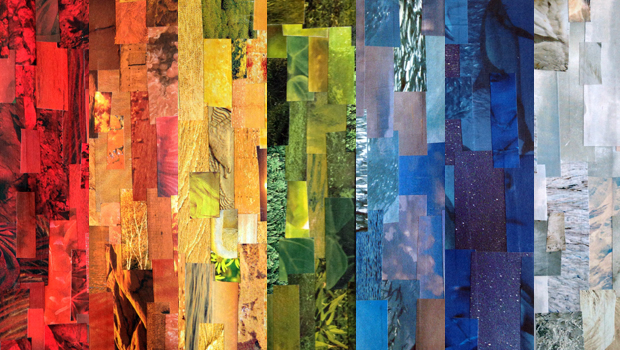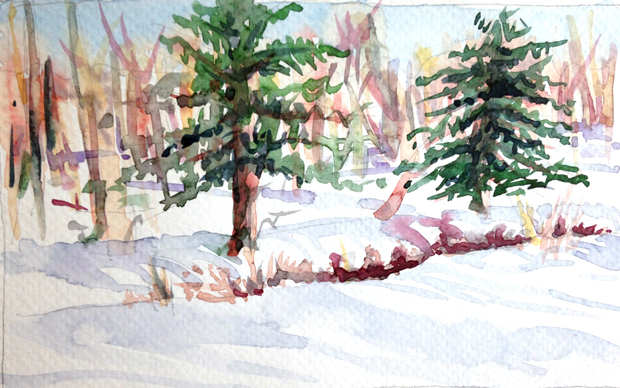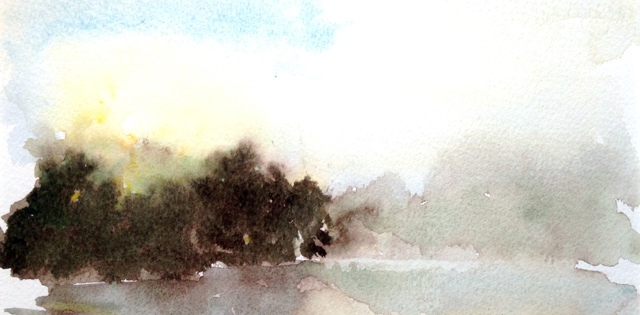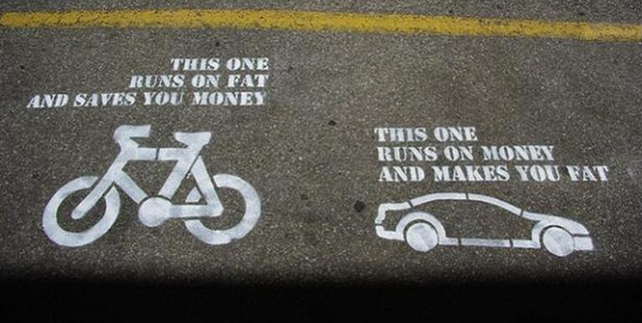
I was glad to see that the organizers of the Women’s March have issued a position paper. It’s good to have a better sense of the energy bubbling up within and around this event. If the bus parking applications are any indication, this is going to be big. It’s fair to assume that people are coming for many, many personal reasons. The position paper helps us to recognize a shared purpose. And from there, who knows what’s possible?
So it was with a growing feeling of unease that I read down the four PDF pages, point by point, wondering when—and then if—the environment would get a mention. Here we have gender justice, freedom from violence against our bodies, an end to—and accountability for—police brutality, and the end of racial profiling. Here we have dismantling gender and racial inequities within the criminal justice system, Reproductive Freedom, Gender Justice, LGBTQIA rights, and a fair, secure, equitable economy. Here we have equal pay for equal work, the dignity and fair treatment of care workers, the right to organize, the living wage, Civil Rights as birthright, passing the ERA, and immigrant and refugee dignity and rights.
Finally, the last point at the end of page 4, is this: Continue reading →
Like this:
Like Loading...









